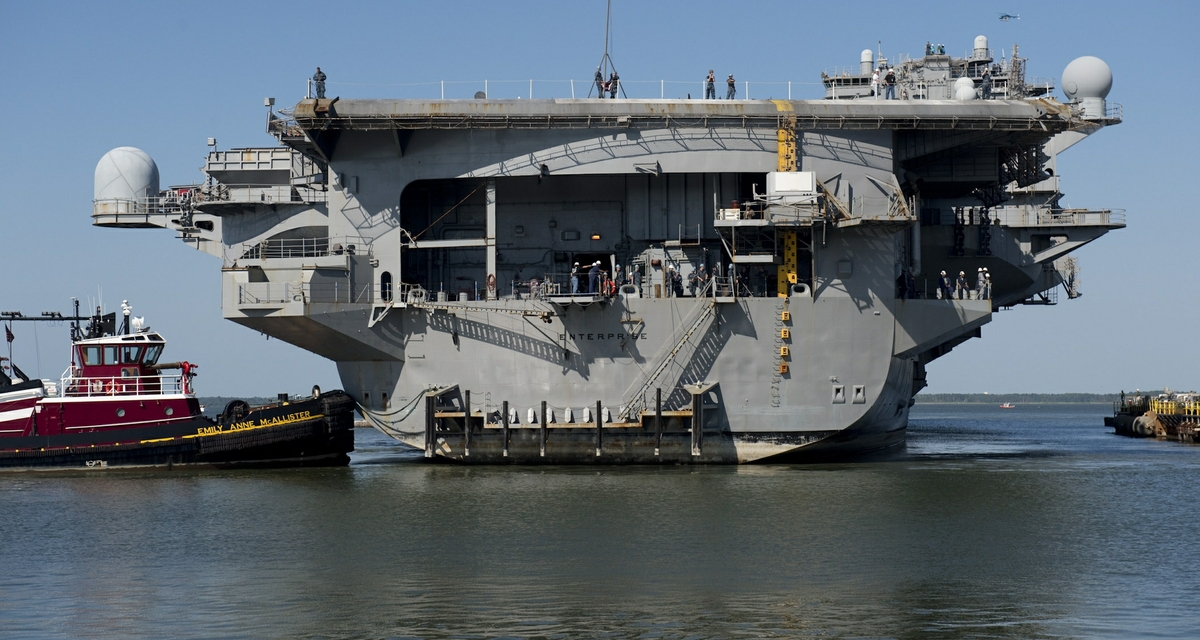The USS Enterprise (CVN-65): A Legacy of Naval Aviation
The USS Enterprise (CVN-65) holds a distinguished place in the annals of naval history as the world’s first nuclear-powered aircraft carrier. Commissioned in 1961, the Enterprise served as a symbol of American maritime prowess and technological advancement for over five decades.
Transformative Design and Capabilities
The USS Enterprise was designed to operate fighter jets, reconnaissance aircraft, and support helicopters, all launched and recovered via its impressive flight deck. With a displacement of over 93,000 tons, the Enterprise could carry more than 60 aircraft, making it a floating airbase capable of projecting power across vast oceans.
Operational History
Throughout its service, the USS Enterprise participated in numerous major conflicts and crises, including the Vietnam War and Operation Desert Storm. Its ability to support air operations and conduct strikes from a distance reinforced the U.S. Navy’s strategy of carrier strike groups as vital tools of national defense and global power projection.
Technological Innovations
The introduction of nuclear propulsion marked a milestone in naval engineering. The Enterprise could operate for prolonged periods without refueling, significantly extending its operational range and reducing logistical constraints. Its advanced technology laid the groundwork for future carrier designs, influencing the development of subsequent nuclear-powered vessels.
Conclusion
In conclusion, the USS Enterprise (CVN-65) not only represents a significant technological milestone in naval history but also embodies the spirit of naval aviation and military innovation. Decommissioned in 2012, the Enterprise leaves behind a legacy of excellence and a profound impact on the capabilities of the United States Navy, shaping the future of carrier operations worldwide.


No comments:
Post a Comment
PLEASE TELL YOUR VIEWS ABOUT THE ARTICLE